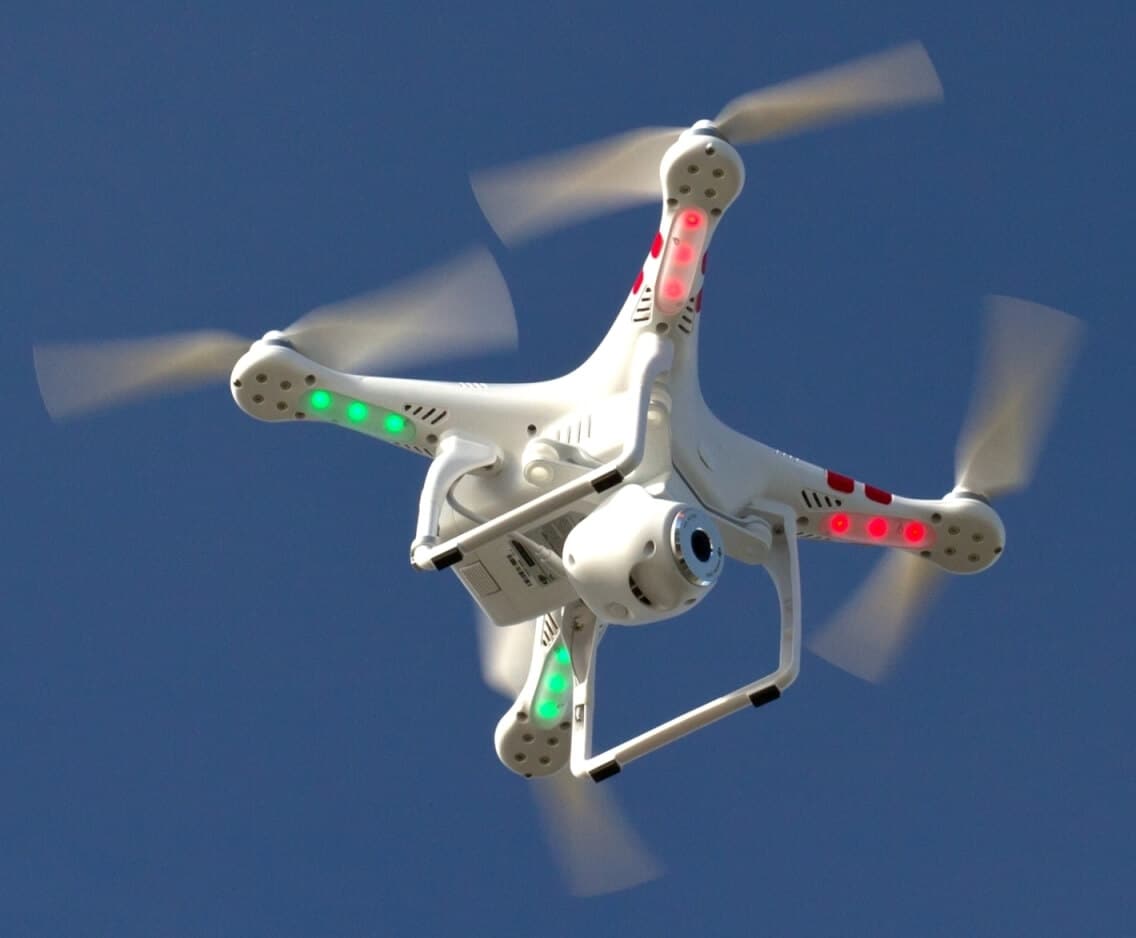How drone technology is revolutionizing commercial aviation

Taking Flight: How Drone Technology is Revolutionizing Commercial Aviation
The image of a drone buzzing through the air, delivering packages or capturing stunning aerial footage, is familiar to many. But what about drones soaring alongside commercial airliners, revolutionizing the future of flight? This may seem like a futuristic concept, but the reality is, drone technology is quietly but surely changing the landscape of commercial aviation, impacting everything from maintenance to safety.
Beyond Package Delivery: Drones in the Skies Above
While drones are primarily known for their role in delivery and entertainment, their application in commercial aviation extends far beyond these realms. Their unique capabilities are already being harnessed to:
- Improve Safety and Efficiency: Drones are being used for pre-flight inspections of aircraft, eliminating the need for manual inspections and reducing the risk of human error. This allows for quicker turnaround times and enhanced safety.
- Streamline Maintenance: Drones equipped with advanced sensors can scan aircraft for potential defects and corrosion, leading to proactive maintenance and reducing costly downtime.
- Optimize Ground Operations: Drones are being used to monitor airfield activity, track baggage movement, and even guide passengers to their gates. This optimizes airport efficiency and passenger experience.
- Boost Training and Simulation: Drones are proving invaluable for pilot training programs, providing immersive simulations and cost-effective alternatives to real-world flight training.
Unmanned Aerial Vehicles: The Future of Flight
The next frontier lies in the development of unmanned aerial vehicles (UAVs) for commercial passenger flights. While still in its nascent stages, this technology promises significant advantages:
- Reduced Costs: UAVs require less crew and maintenance, potentially lowering operating costs and making air travel more accessible.
- Improved Safety: Removing human error from the equation can enhance flight safety, especially during challenging weather conditions or complex maneuvers.
- Environmental Benefits: UAVs can be designed for greater fuel efficiency and reduced emissions, contributing to a greener aviation industry.
Challenges and Ethical Considerations
The integration of drones into commercial aviation comes with its share of challenges:
- Regulations and Safety Concerns: Establishing clear regulations and ensuring the safety of UAVs is paramount, especially with passengers on board.
- Public Acceptance and Trust: Overcoming public apprehension and building trust in autonomous flight will be crucial for its widespread adoption.
- Job Displacement: The increased use of drones may lead to job losses in the aviation sector, requiring careful planning and retraining programs.
The Future is Airborne
Despite the challenges, the potential of drone technology in commercial aviation is immense. As technology continues to advance and regulations are established, the skies will likely witness a new era of flight, with drones playing an increasingly important role in shaping the future of air travel. From enhancing safety and efficiency to revolutionizing the passenger experience, drones are poised to take commercial aviation to unprecedented heights.

